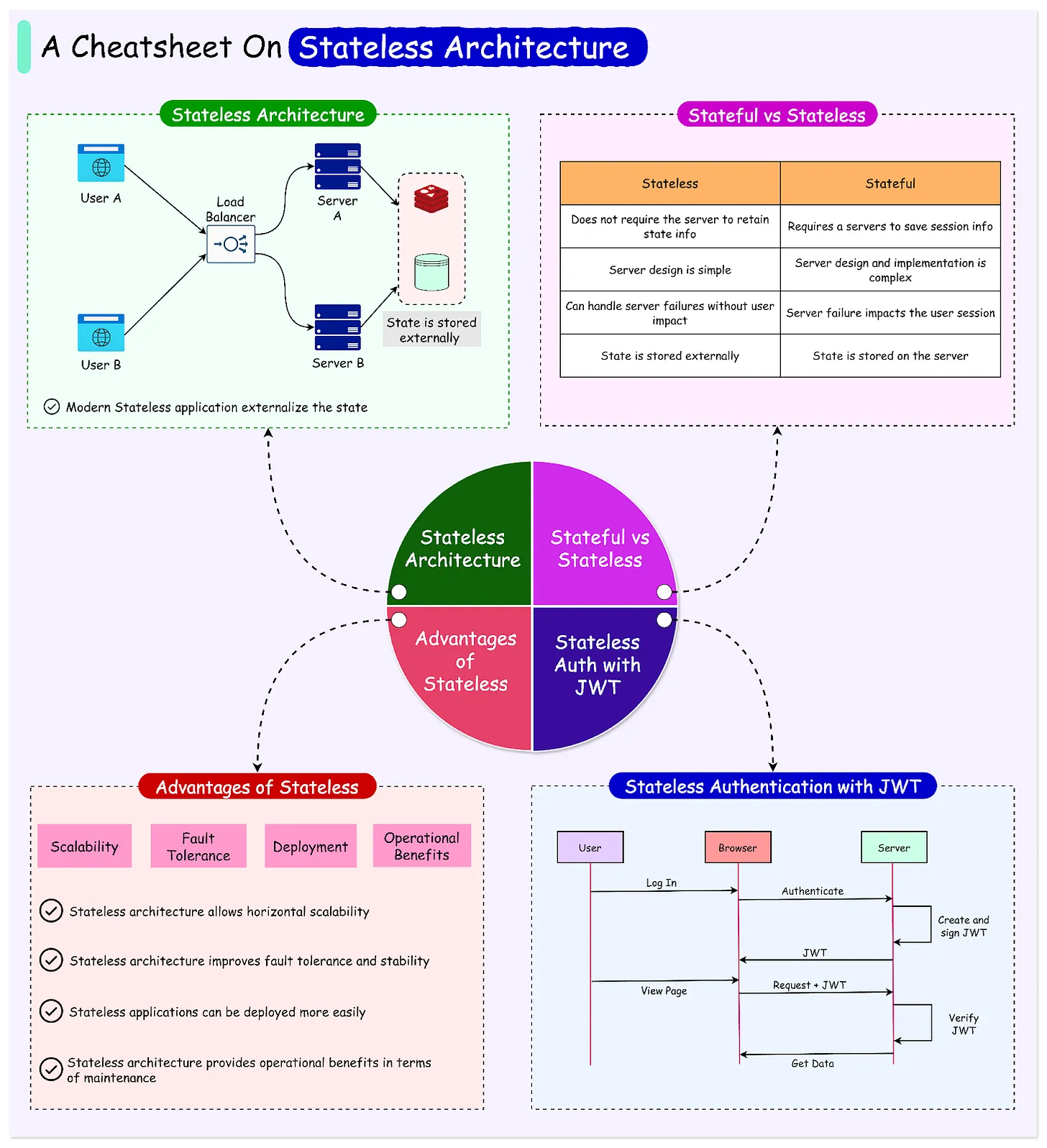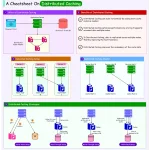In today’s rapidly evolving digital landscape, developers face the constant challenge of building applications that are not only robust and secure but also infinitely scalable.
At the heart of this challenge lies a fundamental architectural decision: how to handle the application state. The state is your application’s memory—every user session, shopping cart, and authentication token that makes personalized digital experiences possible.
The journey from stateful to stateless architectures represents one of the most important shifts in modern system design.
Traditional stateful applications dominated the early 2000s and directly maintained user sessions and data on application servers. While this approach of keeping everything in one place seemed logical initially, it created significant challenges as applications scaled to serve millions of users worldwide.
Consider an e-commerce platform handling Black Friday sales. In a stateful architecture, each server will need to maintain session information for thousands of users, leading to complex load-balancing requirements and potential session loss if a server fails. Modern stateless architectures, however, externalize this state, allowing any server to handle any request, dramatically simplifying scaling and improving reliability.
Several converging factors have led to the industry’s embrace of stateless architecture:
- The rise of cloud computing has made horizontal scaling not just possible but economically advantageous.
- The shift from SOAP-based services to REST and GraphQL APIs, which are inherently stateless.
- Microservices architectures, which break down monolithic applications into smaller, independent services, have become the norm rather than the exception. These services must be stateless to maintain independence and scalability.



このポストがとても良かったです、ありがとう😉👍️🎶